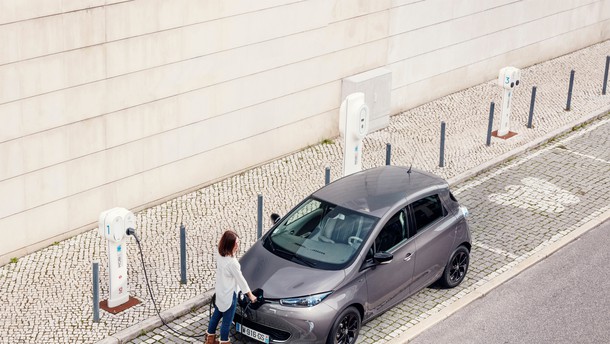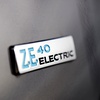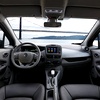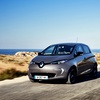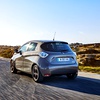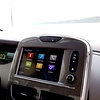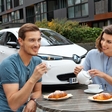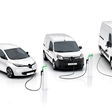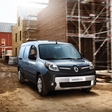
That's understandable, of course: it's one thing to indicate the NEDC range in an advertisement (where deviation from the official estimate isn't allowed), and another to claim to your prospective buyer that their preferred car has a range a third greater than what holds true in reality. So, when Zoe introduced the Z.E. 40 battery, Renault engineers spoke openly about its daily range revolving around 300 km.
And that's exactly what the new Zoe achieves in practice. After having traversed 252 km along curvy coastal roads of western Portugal, lined with hills as well as sections with the maximum speed of 90 km/h, the range reader decided that the battery had too little electricity to make further range estimates. But based on what we'd seen so far, we could have easily pushed it for another 10 km, or even 40 to 50, if we toned down our driving a bit from beginning of our drive . A 300 km range, therefore, turns out to be a very realistic objective.
This number marks not only a two-fold increase in the previous range, but also eliminates the fear of range shortage, even on a freeway, considering Zoe's ability to traverse around 120 to 130 km on full throttle (which translates into 135 km/h) and an expanding network of rapid charging stations that will charge the car in a good hour, at 43 kW.
The 43 kW charging, however, is compatible only with Zoe Q90 (Q standing for quick, as in quick charging) which has 10 to 15 km less range, in practice. Another model available is the R90, which stars full range (as per our tests) but is restricted to charging at 22 kW maximum. Given how densely-distributed rapid charging stations are, choosing the
Q edition is a no-brainer. New to this rendition, you'll find a top-notch Bose audio system (R-Link continues to stand behind the rest of the infotainment system, including the poor TomTom navigation), a few aesthetic accessories (including black rims) and leather upholstery.
Renault engineers used higher-capacity batteries to double the range. Developed in collaboration with LG Chem, the battery has a slightly-altered chemical composition, a 10% increase in its active surface, and less space between individual cells. As a result, the volume hasn't changed, but it has put on another 15 kg, boosting the capacity to 41 kWh. In addition, Zoe also received a heat pump, for heating and more efficient regenerative braking, but it still lacks the option to customize its power upon releasing the accelerator, which would in turn enable driving without brake usage (One Pedal driving).
The ZEpass application has been in use in the German market since September 2016. With it, Zoe owners can find and activate charging stations, and even pay for them. In the first half of this year, Renault will, in cooperation with Bosch (which developed and manages the application), expand the app to make it available in most of the EU. With one stroke, this should resolve any doubts about finding charging stations abroad as well as payment difficulties.
